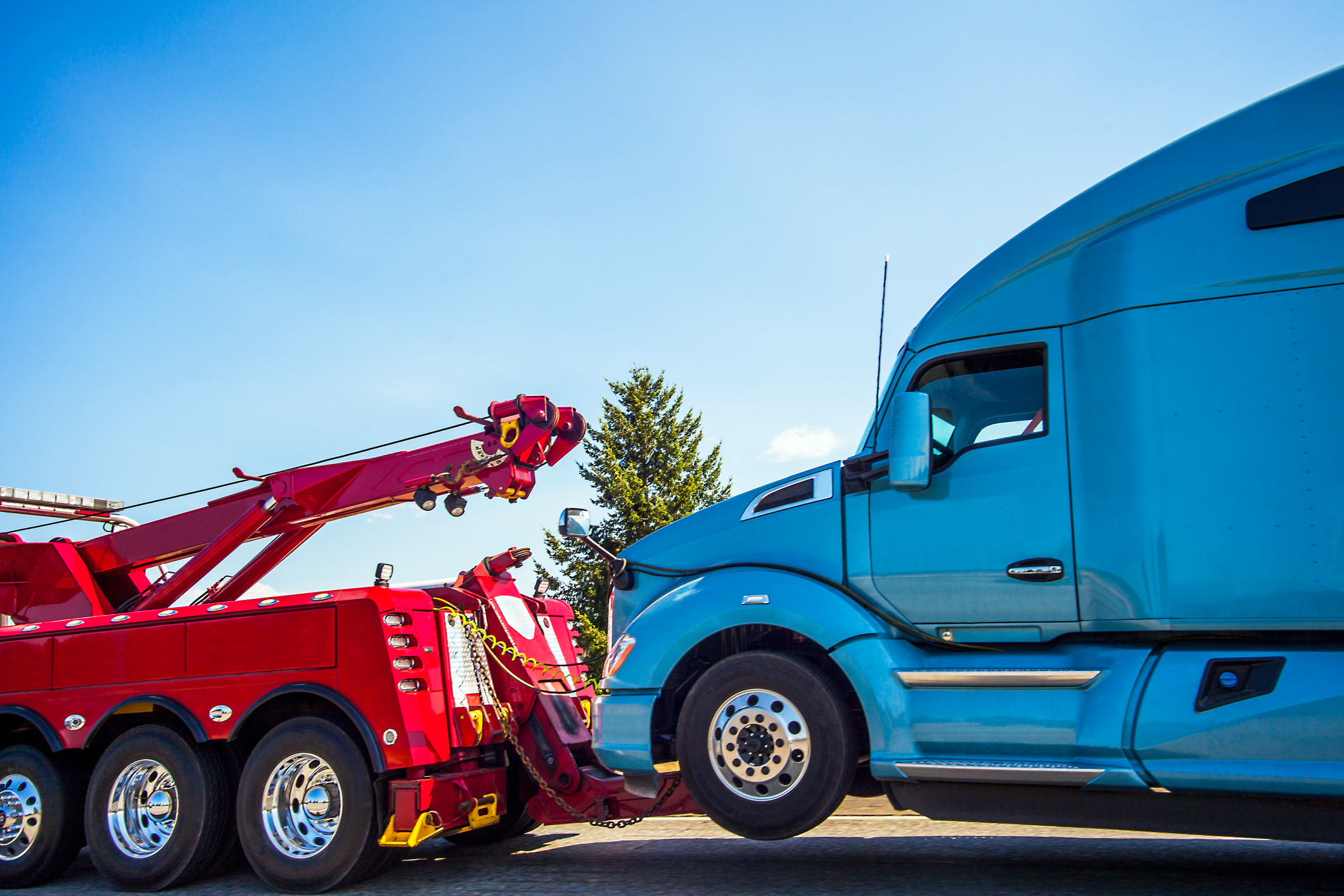Preparing Your Drivers to Handle an Accident Effectively

Accidents happen no matter how skilled your drivers, the years of experience behind the wheel, or their training level. The average motorist in the U.S. travels 12,000 to 15,000 miles annually and each year has a one in 15 chance of being involved in a vehicle accident. Most fleet drivers travel 20,000 to 25,000 miles annually, so it’s simple math — your drivers’ exposure to accident risk and your bottom line’s exposure is much greater than that of the average motorist.
Fleet vehicle accidents are among the costliest causes of injury claims and other expenses for companies of any size. The average cost of a loss related to a vehicle accident is approximately twice the cost of an average workplace injury. And here’s why: vehicle accident costs can include vehicle and other property damage costs, costs from productivity and revenue loss, and costs related to liability exposure when an employee is at fault.
There are proactive measures to reduce accident risk, including driver monitoring, training, coaching, route efficiency, and fleet tracking. But what about steps to take to minimize risk when an accident occurs? Would your drivers know what to do?
Post Accident Action Is Crucial to Managing Risk
Whether the accident is a simple fender bender or more serious, drivers need to know what steps to take. Not knowing what to do can create liability exposure, resulting in a longer accident management process, and whether a case is settled or goes to trial.
To help prevent any of those scenarios, the following are ten steps to instruct your drivers to take immediately following an accident.
1. Stay at the Scene
Under no circumstances should a driver ever leave the scene of an accident no matter how minor and should leave the vehicle in the exact position where the accident occurred. An exception is if the vehicle is blocking traffic or in a position that could potentially put other motorists at risk. If that’s the case, the driver should take pictures of the original location and then move the vehicle to a safe area.
2. If Necessary, Call for Medical Assistance
If anyone involved in the accident is injured, drivers should call medics immediately. Instruct drivers to get the names of the medics on the scene, their contact information, and note the type of injuries any passengers or drivers have.
3. Call Police
Even if it appears that no one was hurt, drivers should always call the police after an accident and be prepared to provide the following information: vehicle owner, vehicle registration, insurance information, and policy number.
4. Make No Statement Regarding Fault
Drivers should not admit fault to the police or the other vehicle's driver. Admitting fault or even apologizing can be used against the driver. All the facts about the accident have to be determined before fault is defined.
5. Promptly Report the Accident to the Proper Company Personnel
When a driver is involved in an accident, they need to call their fleet manager, accident management company representative, or, if appropriate, their insurance company as soon as possible. Company personnel may provide additional instructions to the driver on how to proceed and what information to gather.
6. Exchange Information
Drivers should get the names, addresses, and telephone numbers of the other driver, passengers, witnesses, as well as the insurance information of the other driver.
7. Document Vehicle Information
Drivers should note pertinent vehicle information, including color, year, make, model, VIN, and license plate number.
8. Document Accident Scene Information
Drivers need to document details from the accident scene. This includes date, time, location, lane makers, speed limits, and traffic control signage. Drivers should also note who was driving each vehicle involved and where passengers were sitting in the vehicles.
9. Take Photos
Drivers need to take photos of the accident scene, any damage to vehicles, and any other details that may be helpful later. There is no such thing as taking too many photos.
10. Remove Items
If it’s necessary to tow the vehicle, instruct drivers to remove all items from the vehicle. If items require assistance removing, such as equipment or cargo, drivers should contact the appropriate person at the company for assistance.
These steps should be taught in driver orientation, practiced with accident simulation, and reviewed periodically. Additionally, laminate steps on a “cheat sheet” for drivers to keep in their vehicles to help them remember the steps to take in the confusion and chaos that is typically present in the aftermath of an accident